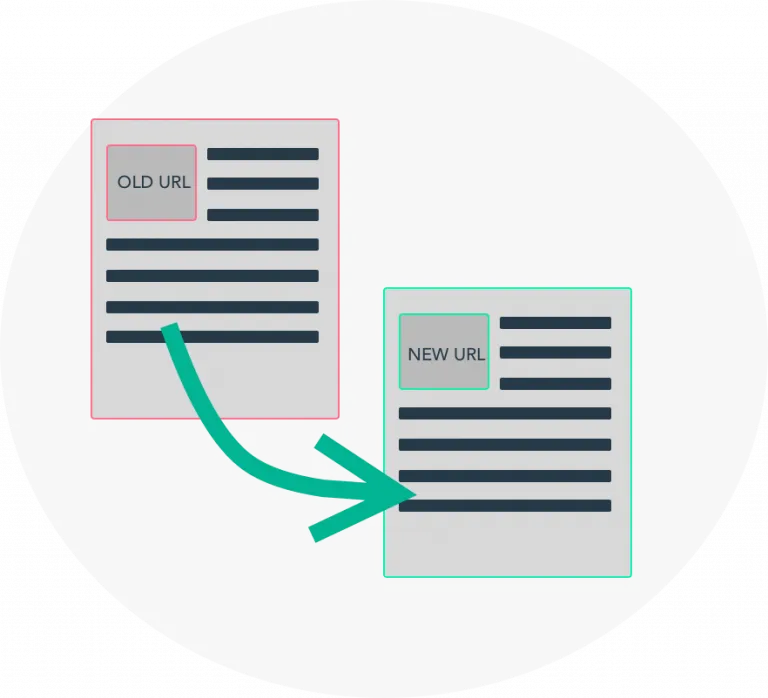What is a redirect?
Another key element of a sound technical SEO strategy, a redirect forwards one URL to a different URL than the one requested by the user or robot visiting the website. The most common use case for redirects is when a webmaster deletes or changes page URLs and wants to preserve user and search engine experiences, so they don't land on the correct new page, instead of 404 error pages.

What are some of the different types of redirects?
The three most common redirects are 301s, 302s, and meta refreshes.
A 301 redirect is the best method for implementing redirects. These permanently pass along 90-99% of the link equity to the new URL, so it is the safest way to ensure the new URL gets full credit from the standpoint of a search engine.
A 302 redirect is temporary. These are typically used while a website is being updated or redesigned.
A meta refresh is executed on the page level instead of the server level. It is not recommended because it hurts the user experience with slow loading times and passes along significantly less link equity. You are experiencing a meta refresh when you see one of those messages on the page that says "if you are not redirected in 5 seconds, click here".
What are the SEO benefits of using a 301 redirect?
301 redirects are good for SEO because they ensure users and search engines understand the changes you've made and avoid losing rankings. And they now pass along the vast, vast majority of link equity to the new page. So, you can rest assured knowing that the act of using 301 redirects alone isn't going to hurt you in terms of page rank.
In the below video, Matt Cutts from Google explains this in further depth:
That said, they just need to be implemented correctly. Otherwise poor or incorrect implementation can lead to the loss of rankings and traffic.
What are some best practices to consider when using 301 redirects?
There are a number of best practices to consider when implementing redirects. Here are a couple of best practices that are particularly important.
- Once redirect have been applied, remove 301 status code pages from your sitemap. You don't want Google to try to crawl something that doesn't exist anymore. That is awaste of precious crawl budget.
- Fix redirect chains by redirecting straight to the destination URL instead. A redirect chain is a scenario where there are two or more additional redirects between the original URL and destination URL. These chains lead to slow page loading times that hurt the user and robot experience.
What tools exist to implement 301 redirects on a website?
Consider moving your website to the Huckabuy Cloud. Our URL routing tool allows webmasters to implement these redirects in a matter of seconds whether any engineering know-how needed.